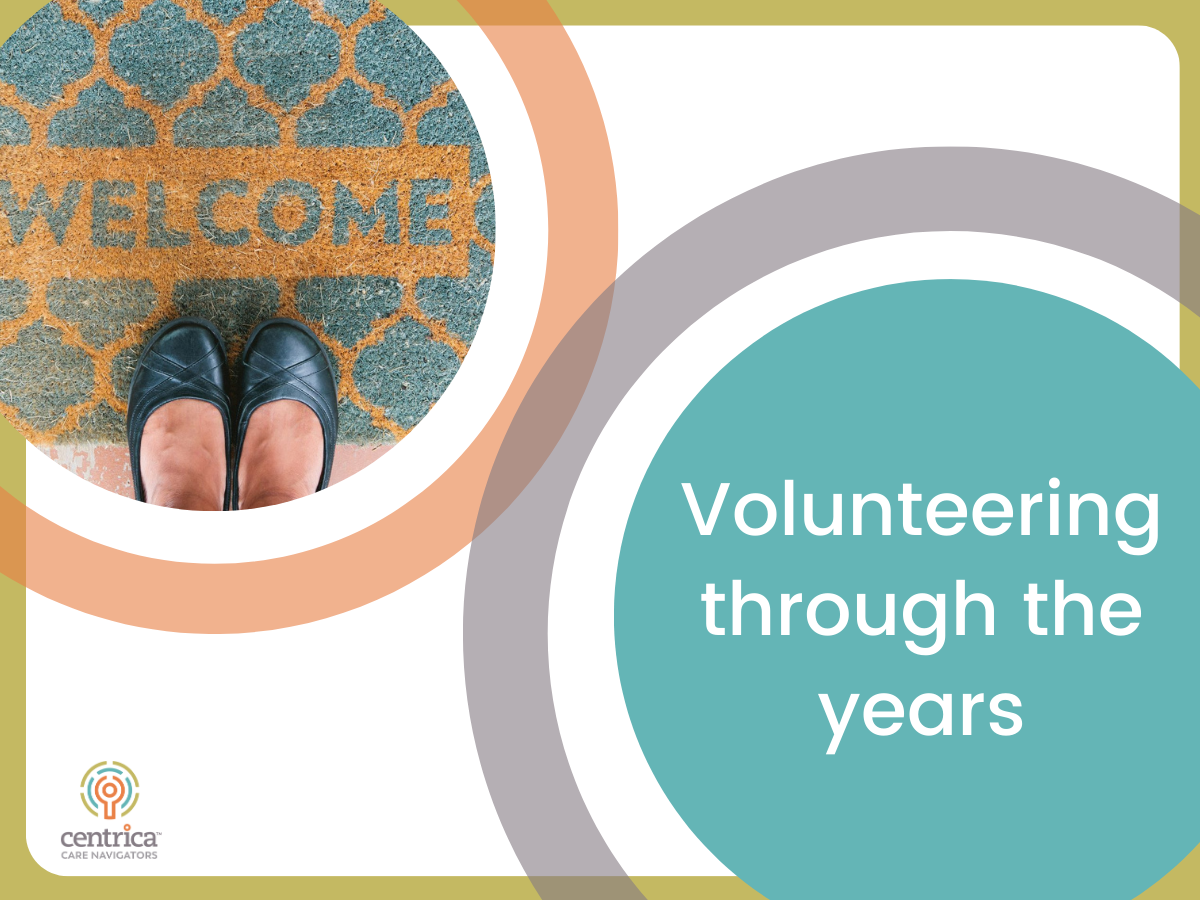Every day, we turn to our volunteer team for assistance in so many ways: visiting with our patients in their homes, assisting with the valuable work we do at our main office, and providing special services like haircuts. Volunteers have been part of Centrica Care Navigators since we began in 1981, though the process for finding and training them has changed through the years.
For Jean Herbrandson, volunteering with Centrica Care Navigators has been rewarding ever since she started back in 2014. Jean trains dogs for show titles, and her two Dalmatians, Derby and Dodger, are also certified pet therapy animals who accompany her to Centrica Rose Arbor Place and other sites to visit patients.
Nine years ago, someone working at Centrica Care Navigators at the time called her, knowing she trained dogs, and thought she would be a good candidate to offer pet therapy. She’s been volunteering ever since. She’s also in the office as one of our volunteer coordinators, helping match our current team of volunteers with opportunities that match their skills and interests.
“(During visits with patients,) I find out about their lives, their experiences — it broadens your perspective on life,” Jean says. “When you volunteer, you get as much as you give.”
Volunteering then and now
The volunteering process, for most people, starts with the prospective volunteer, who completes a simple request on the Centrica Care Navigators website to learn more. Jean is now one of our volunteer coordinator employees, along with her teammate Shannon. They reach out to learn what the volunteer is interested in doing, and if they have the time for volunteering.
When Jean first volunteered, she had to attend nearly a day of training courses in the Centrica Care Navigators office. Orientation still requires in-person training, but in much less time. Some of the training is available online, too.
So are the plans of care for patients, which outline the services a patient is receiving (including volunteer time). When Jean started, a plan of care had to be sent via the U.S. mail, and could take days to arrive. Today, a plan of care is sent via an encrypted email so volunteers can start supporting patients and families right away.
The goal is to make recruiting new volunteers and helping existing volunteers as efficient as possible.
Jean’s entry into volunteering, being invited by a friend, is a little unusual. Many volunteers get involved for the first time after they became caregivers or family members of a patient. They see the kind of service that volunteers provide and feel that it’s a way to say thank you for the kindness they received.
Others are college students studying for a medical degree, looking for experience working with seniors.
Consistency and companionship
Once they have received training, volunteers check their email for available opportunities, then head out to their assignments. Consistency is key; patients and families say that in the often confusing and stressful process of end-of-life care, they look forward to seeing the familiar face of a volunteer each week.
In addition, new volunteers are asked to make at least a 1-year commitment, since the required training is so extensive.
Volunteers who make one-on-one visits with patients, called “companionship,” often spend the visit talking with the patient or doing a simple activity like playing a game or watching TV. Over time, they get to know the patients they visit.
End-of-life care has always been about building relationships and keeping them strong. Volunteers who meet directly with patients often make weekly visits, sometimes for months at a time. It may seem like a lot to ask of a volunteer, but Jean says forming friendships and getting to know people in care keeps her coming back.
“When I started, I thought I would do it until I didn’t want to do it any more,” she says. “That hasn’t happened.”
You can find out more about volunteering with Centrica Care Navigators by visiting our website or calling 269.345.0273.



